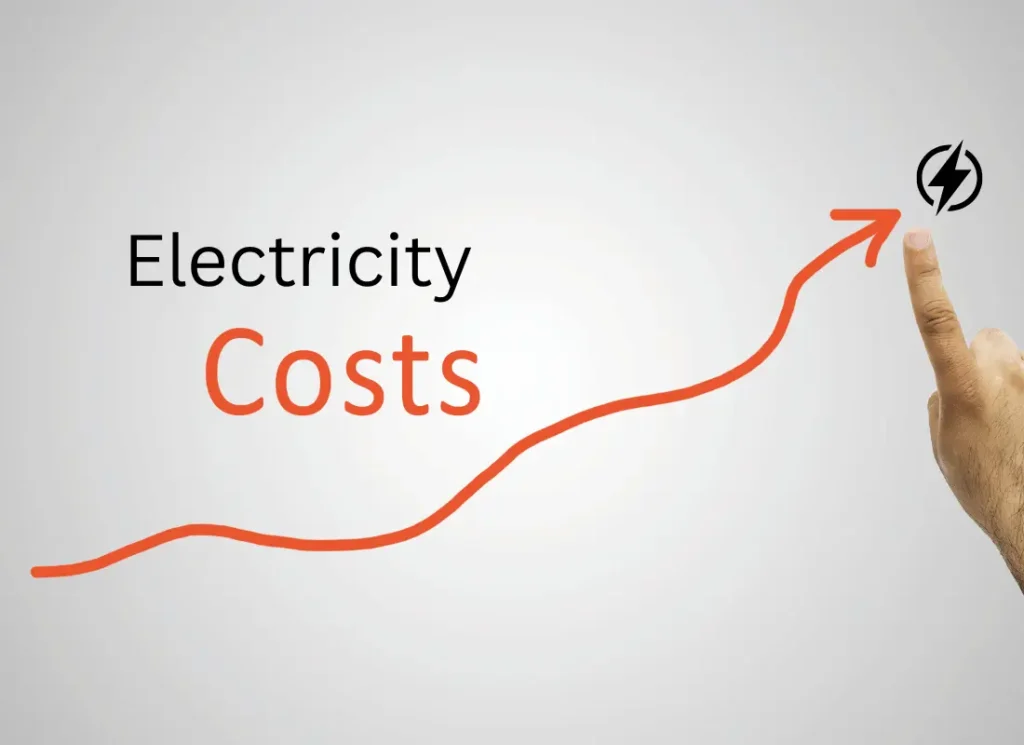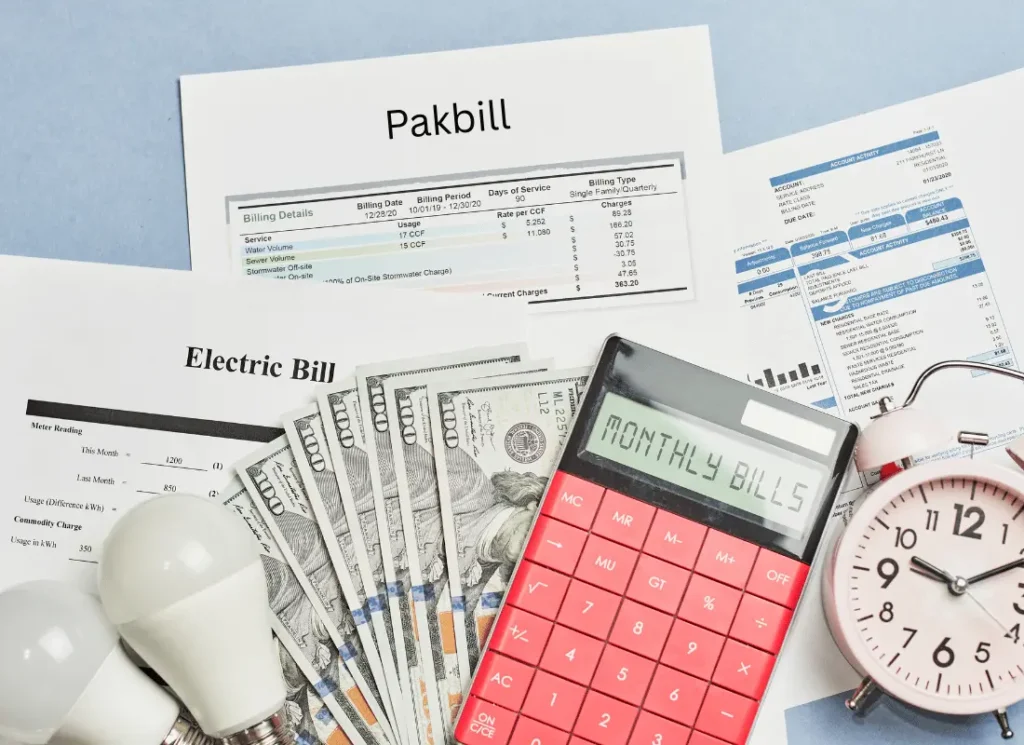Calculating your electricity bill in Pakistan is crucial for managing household expenses, especially in today’s economy where every penny counts. Understanding how to calculate electricity bill in Pakistan can help you make informed decisions about your energy consumption. From basic usage of household appliances to the different tariffs that electricity providers offer, having a clear picture makes it easier to budget and save. With the rising costs of electricity, knowing how to accurately monitor your usage not only empowers you but also gives you the tools to reduce unnecessary expenses. By the end of this post, you’ll feel equipped to tackle your electricity bill head-on.
Moreover, as of recent statistics, the average household electricity consumption in Pakistan has risen markedly, increasing pressure on family budgets. With power tariffs fluctuating due to various economic factors, it becomes increasingly vital to understand how to calculate electricity bill in Pakistan effectively. This understanding offers multiple benefits, such as identifying areas where you can conserve energy and, therefore, lower your bill. Giving you the power to take control of your finances, knowing how to calculate electricity bill can make a significant difference in your household budget.
Table of Contents
Introduction
Understanding your electricity bill is the first step toward managing it effectively. Not only does it help you keep track of your monthly expenses, but it also allows you to make adjustments to save on future bills. Recognizing the key components of your electricity bill can be beneficial, especially as energy prices continue to rise, affecting your budget.
Why It’s Important to Understand Your Bill
Knowledge is power, especially regarding your finances. When you understand your electricity bill, you can identify unnecessary charges, spot discrepancies, and even forecast future costs based on current usage. Being aware of what impacts your bill can lead to better energy-saving habits and prevent financial surprises at the end of the month.

Rising Cost of Electricity in Pakistan
The cost of electricity in Pakistan has seen a significant hike over recent years. As of 2025, the government has implemented various price adjustments, impacting households nationwide. It is estimated that the average electricity bill rose by approximately 15% last year alone, which means that an informed approach to calculating your bill is more critical than ever.
What is an Electricity Unit?
An electricity unit, also referred to as a kilowatt-hour (kWh), is the measure used to determine your electricity consumption. Understanding this unit is fundamental for calculating your electricity bill, as providers charge you based on the total number of units consumed over a billing period.
1 Unit = 1 kWh
To put it simply, one unit of electricity means you’ve used 1 kilowatt of electrical power for one hour. For example, if you run a 1,000-watt appliance for one hour, you will consume one kilowatt-hour or one unit of electricity.
Common Appliance Usage Examples
- Refrigerator: Runs approximately 24 hours a day, consuming about 1.2 to 2 kWh daily.
- Air Conditioner: Consumes around 2 to 3 kWh per hour while in operation.
- LED Bulb: Uses roughly 0.01 to 0.03 kWh per hour depending on wattage.
WAPDA Unit Prices (2025)
Understanding WAPDA unit prices is essential to accurately calculate electricity bill. These prices vary based on the type of consumer: domestic or commercial.
Latest Unit Price Slabs
As of 2025, the WAPDA has segmented pricing into different slabs. For instance, the first 100 units might cost a lower rate, while any additional units fall into higher pricing brackets.
Domestic vs. Commercial Rates
- Domestic: Generally lower rates aimed at household consumers to foster accessible electricity use.
- Commercial: Higher rates reflecting the larger consumption needs of businesses.

How to Calculate Electricity Bill
Calculating electricity bill requires a clear approach.
Step-by-step with a Quick Example
- Determine total units consumed from your meter reading.
- Multiply this number by the rate per unit applicable to your consumption slab.
- Add any additional fixed charges or taxes to arrive at your total bill.
For example, if you consumed 300 units and your rate is PKR 20 per unit, your bill would be:
300 units x PKR 20 = PKR 6000.
Use an Online Calculator
Using an electricity bill calculator is a smart and efficient way to check your estimated bill. Various free online tools are available that allow you to input your consumption history and get an instant calculation.
Tips to Reduce Bill
Implementing energy-saving practices can significantly reduce your monthly electricity expenditure.
- Use energy-efficient bulbs: LED lights consume less energy and last longer.
- Unplug unused devices: Even in standby mode, devices can accumulate energy costs.
- Optimize appliance use: Use high-energy appliances during off-peak hours.
FAQs (How to Calculate Electricity Bill in Pakistan)
- What is the average cost of electricity in Pakistan?
- Roughly PKR 20 per unit, depending on the slab.
- How do I read my electricity meter?
- Look for the current reading and subtract the previous reading to find consumption.
- What is a unit of electricity?
- One unit equals one kilowatt-hour (kWh) of power consumed.
- Can I dispute an electricity bill?
- Yes, contact WAPDA with documented usage if discrepancies arise.
- How often is my electricity bill generated?
- Generally, you receive a monthly bill.
- What are peak hours for electricity consumption in Pakistan?
- Peak hours are typically in the evenings when most people use power.
- Does using an air conditioner significantly affect my bill?
- Yes, they are among the highest consumers of energy.
- What additional charges might appear on my bill?
- You may see fixed charges, fuel adjustments, or taxes.
- How can an energy bill calculator help me?
- It provides an estimate based on input data, allowing for better budgeting.
- What are some common mistakes when calculating my bill?
- Not considering the fixed charges or misreading unit prices.




